Why are assault weapons so popular?
Banned for a decade, the AR-15 and other military-style assault weapons are fast becoming America's favorite firearms. Here's everything you need to know.
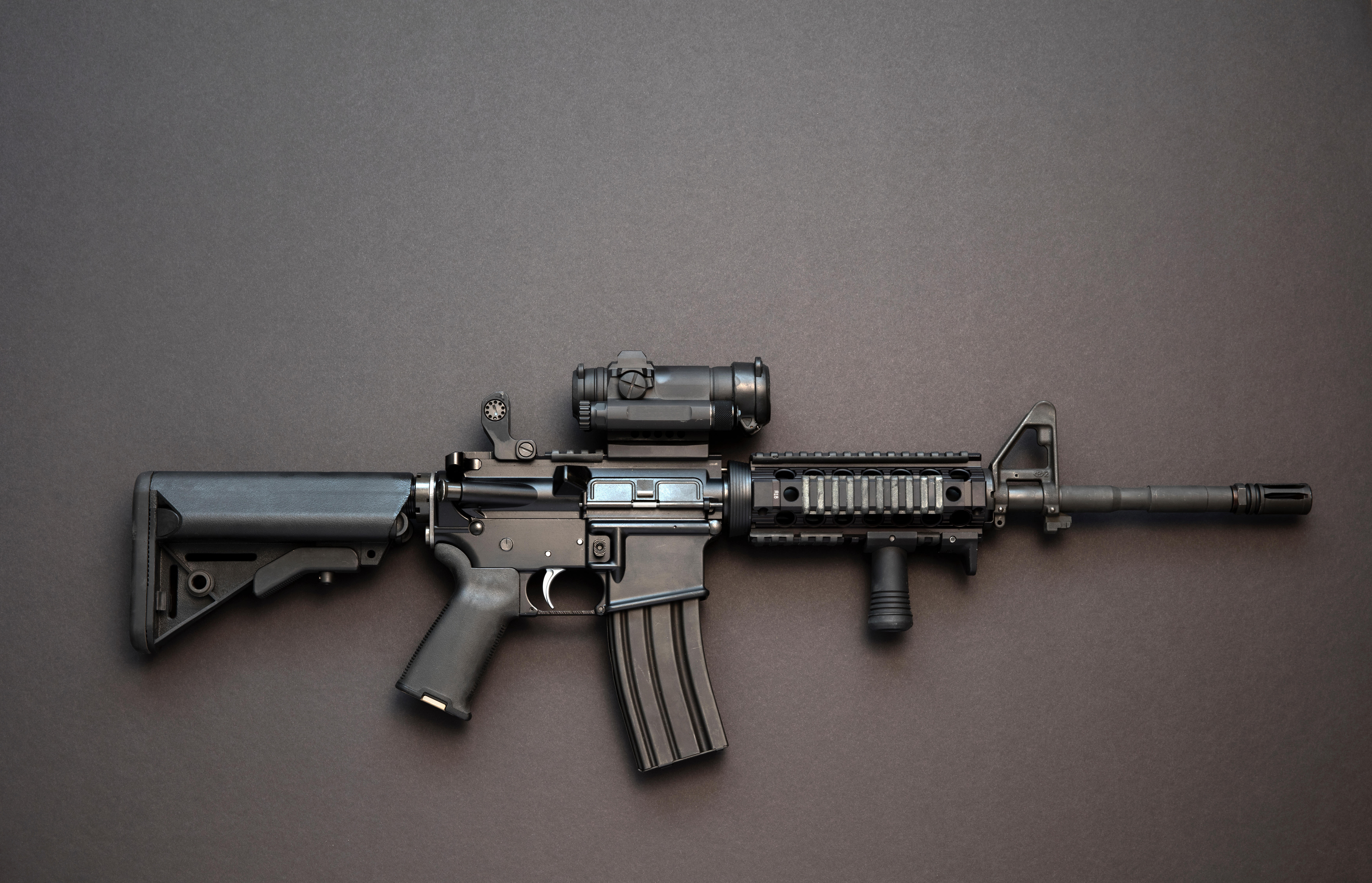
Banned for a decade, the AR-15 and other military-style assault weapons are fast becoming America's favorite firearms. Here's everything you need to know:
What is an assault weapon?
Though gun owners and gun control advocates have fierce debates over the definition, "assault weapon" is widely accepted to mean a rapid-firing semiautomatic firearm that accepts detachable large-capacity magazines, and comes equipped with other military-style features, such as a pistol grip and foldable stock. The term "semiautomatic" means the weapon fires one round with each pull of the trigger, instantly reloads, and can keep firing until the magazine is emptied. That's not the same as "automatic" assault rifles, or machine guns, which continue firing bullets as long as the trigger is pressed; civilian use of them has been strictly regulated since 1934. The best-known assault weapons are the AR-15 rifle and its many spin-offs. While rates of gun ownership have fallen over the past four decades — about 50 percent of households owned a gun in the 1970s, compared with 31 percent in 2014 — sales of assault weapons soared after a federal ban expired in 2004. These rifles are now "the bread and butter" of the gun industry, says Josh Sugarmann, executive director of the Violence Policy Center, which advocates gun control measures.
The Week
Escape your echo chamber. Get the facts behind the news, plus analysis from multiple perspectives.

Sign up for The Week's Free Newsletters
From our morning news briefing to a weekly Good News Newsletter, get the best of The Week delivered directly to your inbox.
From our morning news briefing to a weekly Good News Newsletter, get the best of The Week delivered directly to your inbox.
When was the AR-15 invented?
The weapon was developed for the military in the 1950s by the ArmaLite Corp.; "AR" stands for "ArmaLite rifle." A fully automatic version of the gun was bulk-bought in the 1960s by Defense Secretary Robert McNamara to counter the effectiveness of the Soviet AK-47. Renamed the M-16, it became standard issue for U.S. troops in Vietnam. The civilian version, the semiautomatic AR-15, is today licensed to Colt — but since the patent expired, some 282 manufacturers have created their own versions, and there are now up to 8.2 million such assault weapons in the U.S. The AR-15 has a projectile velocity that can be upward of 3,200 feet per second and is accurate to about 500 yards.
How deadly are these weapons?
Many so-called black rifles may look more powerful than they actually are. They often have less range than standard semiautomatic or bolt-action hunting rifles, and the AR-15's .223-caliber cartridges are substantially less powerful than most .300 big-game-hunting cartridges. Gun owners also argue that many of the military-style features on these menacing-looking weapons, such as collapsible stocks and flash suppressors, are purely cosmetic. "Really what's happening here is people are freaking out over how it looks," says Philip Van Cleave, president of the Virginia Citizens Defense League. Rifles accounted for just 3 percent of gun homicides in 2014, and 27 percent of public mass shootings — single incidents in which four or more people are shot dead — from 1999 to 2013. But in recent years, there is growing evidence that the assault weapon has become the mass shooter's gun of choice.
A free daily email with the biggest news stories of the day – and the best features from TheWeek.com
Have they always been legal?
No. In 1994, Congress passed the Federal Assault Weapons Ban, which prohibited the sale of 19 semiautomatic firearms, including most versions of the AR-15, as well as large-capacity magazines of more than 10 rounds. The ban contained a 10-year sunset clause, and after fierce lobbying by the NRA, Congress let it expire. Second Amendment advocates argue that the legislation failed to prevent mass shootings: There were 18 public mass shootings a year on average before the ban and about 19 annually during the ban. But that number climbed to 21 a year after the law expired, and four of the most deadly recent public mass shootings were carried out with assault weapons — including the Bushmaster AR-15–style rifle used by Adam Lanza to kill 26 first-graders and adults at Sandy Hook Elementary School in 2012; the Smith & Wesson variants used in the 2012 Aurora shooting and December's San Bernardino shooting; and the Sig Sauer MCX used in last month's massacre in Orlando.
Why did these shooters pick assault weapons?
The key feature that would appeal to mass shooters is the weapons' ability to accept detachable large-capacity magazines. Containing 30 or more bullets, these magazines can be quickly replaced, allowing shooters to fire hundreds of rounds in minutes. A pistol grip also makes the gun easy to handle and fire in high-pressure situations, even when held at the hip. "What distinguishes an assault weapon from a sporting weapon is that ability to spray fire," says Laura Cutilletta of the Law Center to Prevent Gun Violence. Also, the way these rifles are advertised may appeal to mass shooters' belief that they are at war with the world. Gun manufacturers have used images of martial men toting assault weapons, and provocative slogans like "Consider Your Man Card Reissued" and "Forces of Opposition Bow Down." But assault weapons have other, practical qualities that appeal to the general public too.
Why do ordinary gun owners like these firearms?
Because the weapons are military grade, say owners, they are rugged, more efficient, and less likely to jam during a hunt or self-defense situation. AR-15–style weapons have a relatively light recoil, making them easier for any user to handle. Known as the Lego of the gun world, they're also highly hackable. Owners can buy a $500 AR-15–style weapon and easily add accessories like laser sights, or modify the weapon's caliber, range, and length. Many gun owners see the firepower that assault weapons provide as a comforting form of insurance against government tyranny, crime, and terrorism. "This firearm gives average people the advantage they so desperately need and deserve to protect their life, liberty, and happiness," says gun-rights activist Dom Raso. "Why would you want to ban the gun you pray for police to show up with?"
The 'Barack Boom'
Sales of assault weapons have grown by about 27 percent a year since 2007 — and much of that demand has been driven by the election and presidency of Barack Obama. The "Barack Boom" has given the gun industry a $9 billion boost, according to The Washington Post, thanks largely to the National Rifle Association's insistence that Obama is plotting to take away all guns. Assault weapon sales also soared by up to 1,000 percent following the 2012 Sandy Hook massacre, when Obama asked Congress to reinstate the assault weapons ban. "I never really wanted one of these before," said one first-time AR-15 buyer waiting in line after Sandy Hook. "I've only owned and shot hunting rifles and shotguns. But now that they're about to be banned, I'd better go ahead and get one while I can."
-
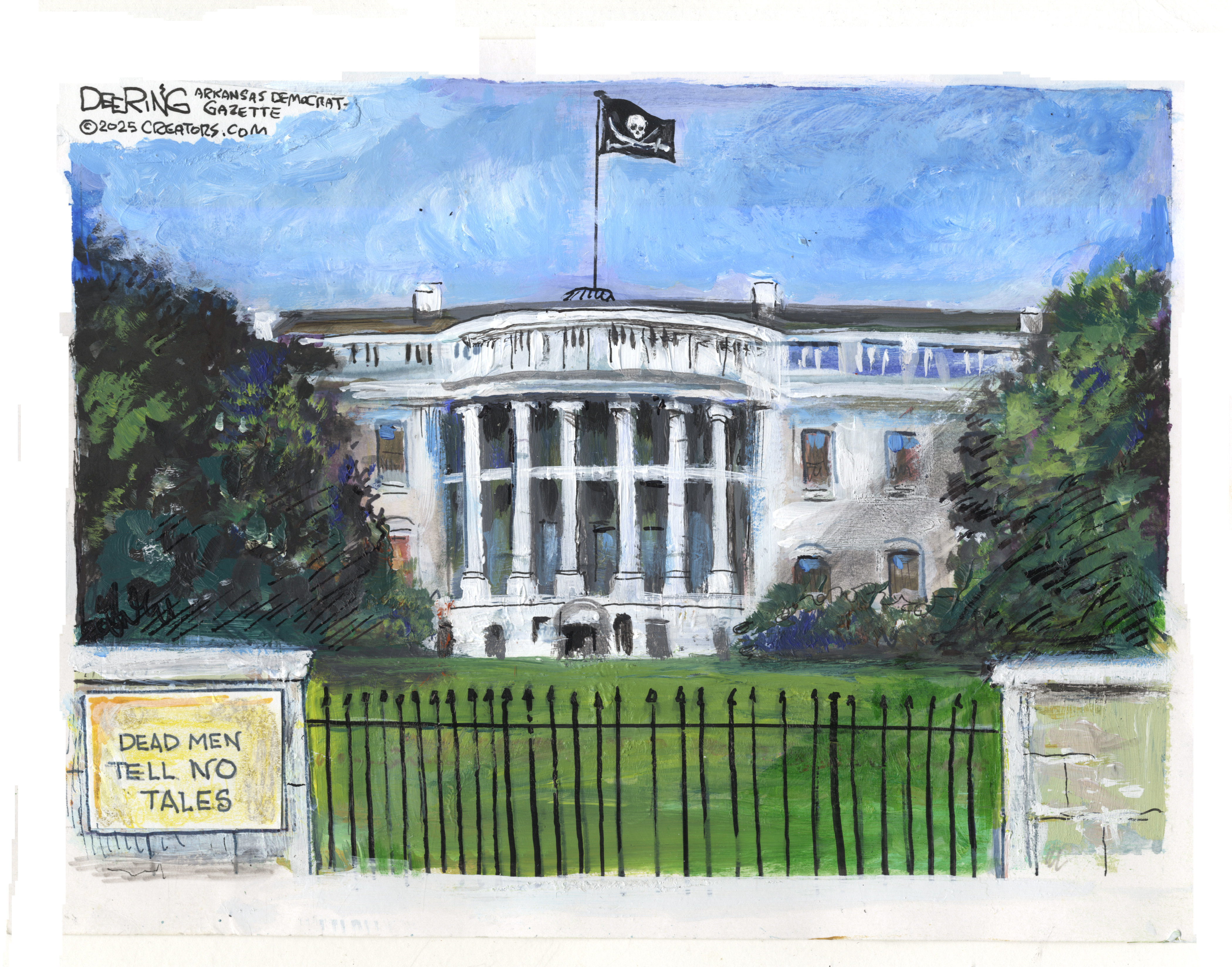 Political cartoons for December 14
Political cartoons for December 14Cartoons Sunday's political cartoons include a new White House flag, Venezuela negotiations, and more
-
 Heavenly spectacle in the wilds of Canada
Heavenly spectacle in the wilds of CanadaThe Week Recommends ‘Mind-bending’ outpost for spotting animals – and the northern lights
-
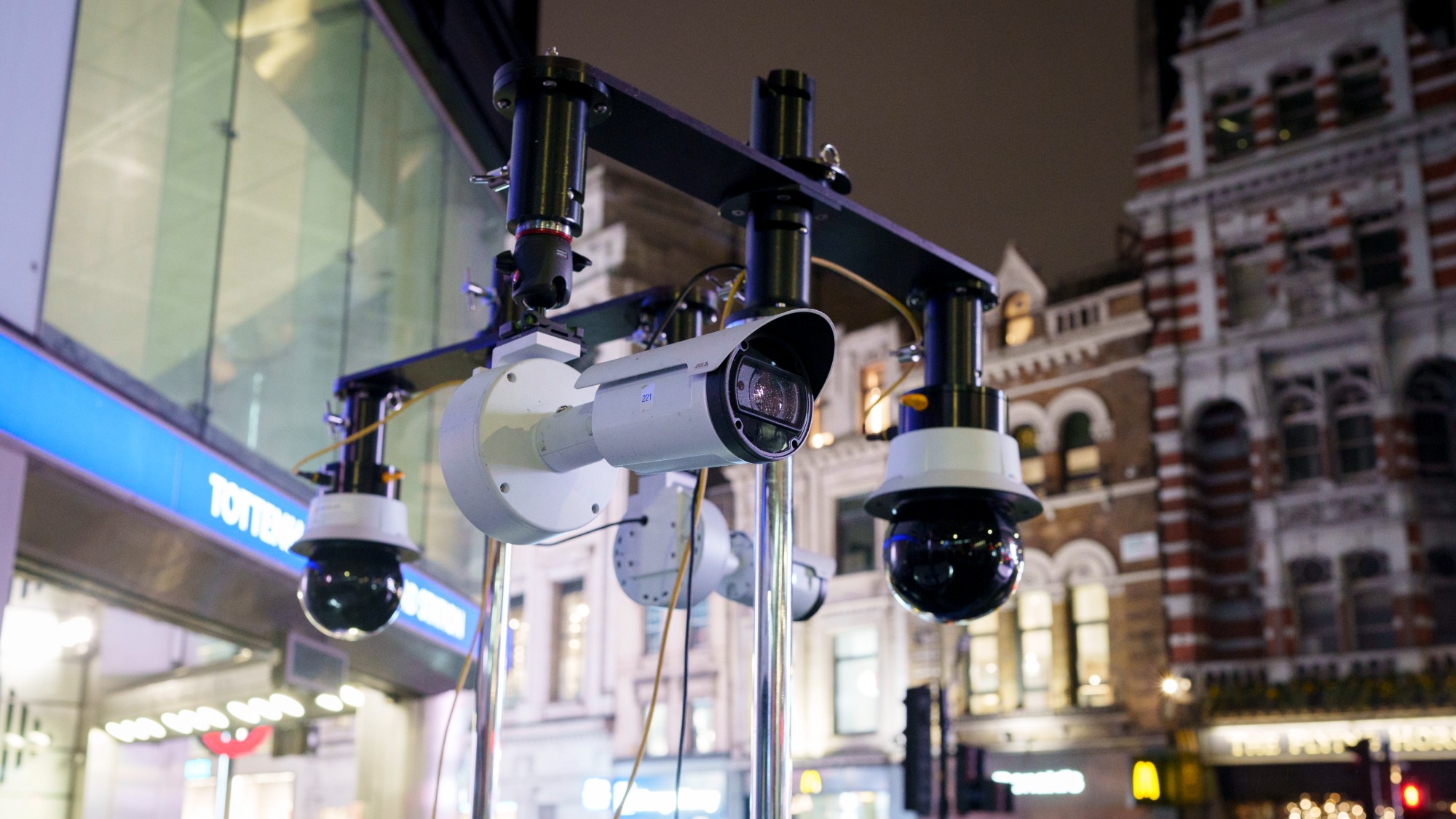 Facial recognition: a revolution in policing
Facial recognition: a revolution in policingTalking Point All 43 police forces in England and Wales are set to be granted access, with those against calling for increasing safeguards on the technology
-
 'Once the best in the Middle East,' Beirut hospital pleads for fuel as it faces shutdown
'Once the best in the Middle East,' Beirut hospital pleads for fuel as it faces shutdownSpeed Read
-
 Israeli airstrikes kill senior Hamas figures
Israeli airstrikes kill senior Hamas figuresSpeed Read
-
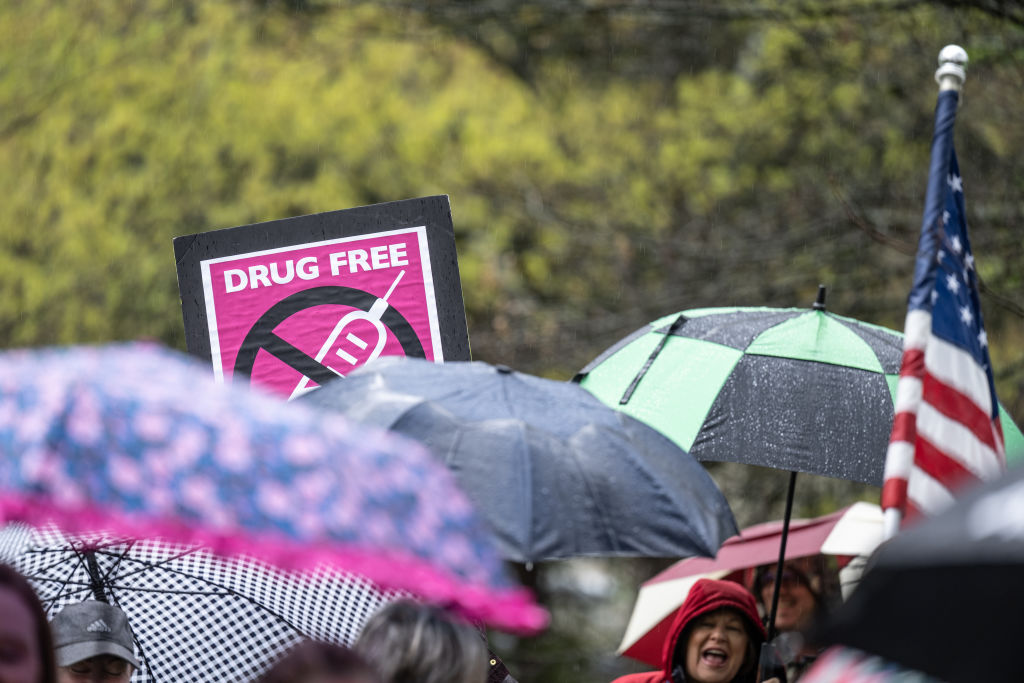 An anti-vax conspiracy theory is apparently making anti-maskers consider masking up, social distancing
An anti-vax conspiracy theory is apparently making anti-maskers consider masking up, social distancingSpeed Read
-
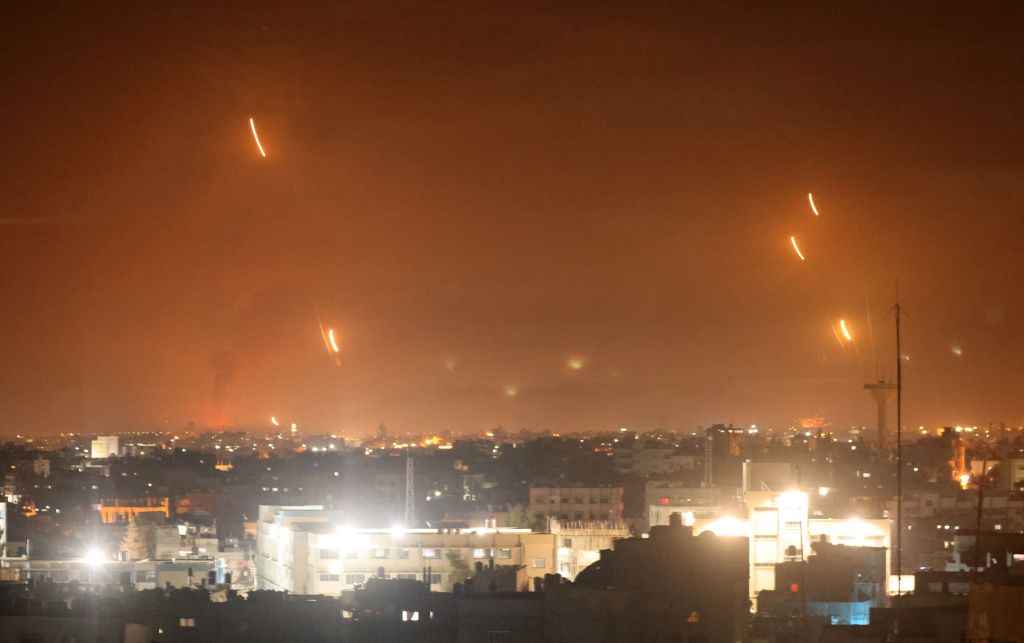 Fighting between Israel and Hamas intensifies, with dozens dead
Fighting between Israel and Hamas intensifies, with dozens deadSpeed Read
-
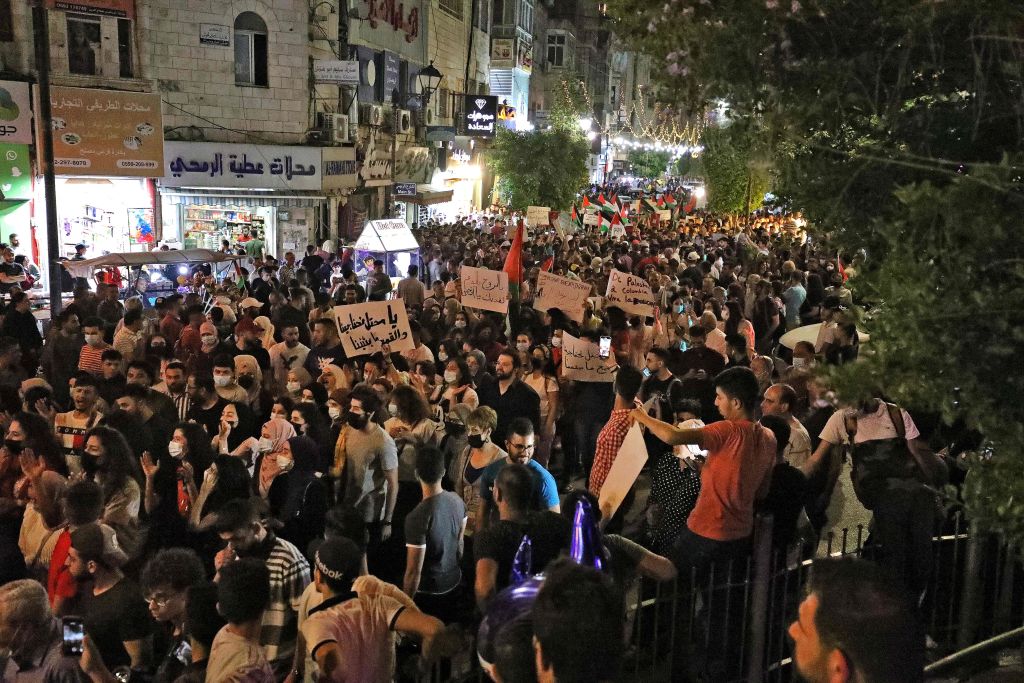 United States shares 'serious concerns' with Israel over planned evictions
United States shares 'serious concerns' with Israel over planned evictionsSpeed Read
-
 Police raid in Rio de Janeiro favela leaves at least 25 dead
Police raid in Rio de Janeiro favela leaves at least 25 deadSpeed Read
-
 Derek Chauvin's attorney files motion for new trial
Derek Chauvin's attorney files motion for new trialSpeed Read
-
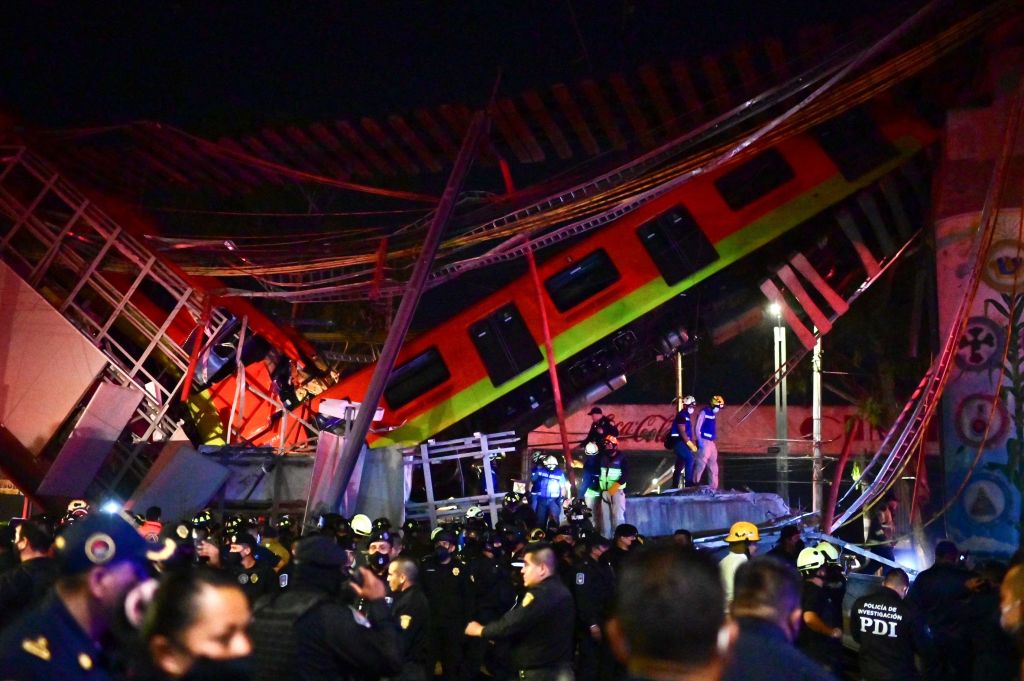 At least 20 dead after Mexico City commuter train splits in overpass collapse
At least 20 dead after Mexico City commuter train splits in overpass collapseSpeed Read